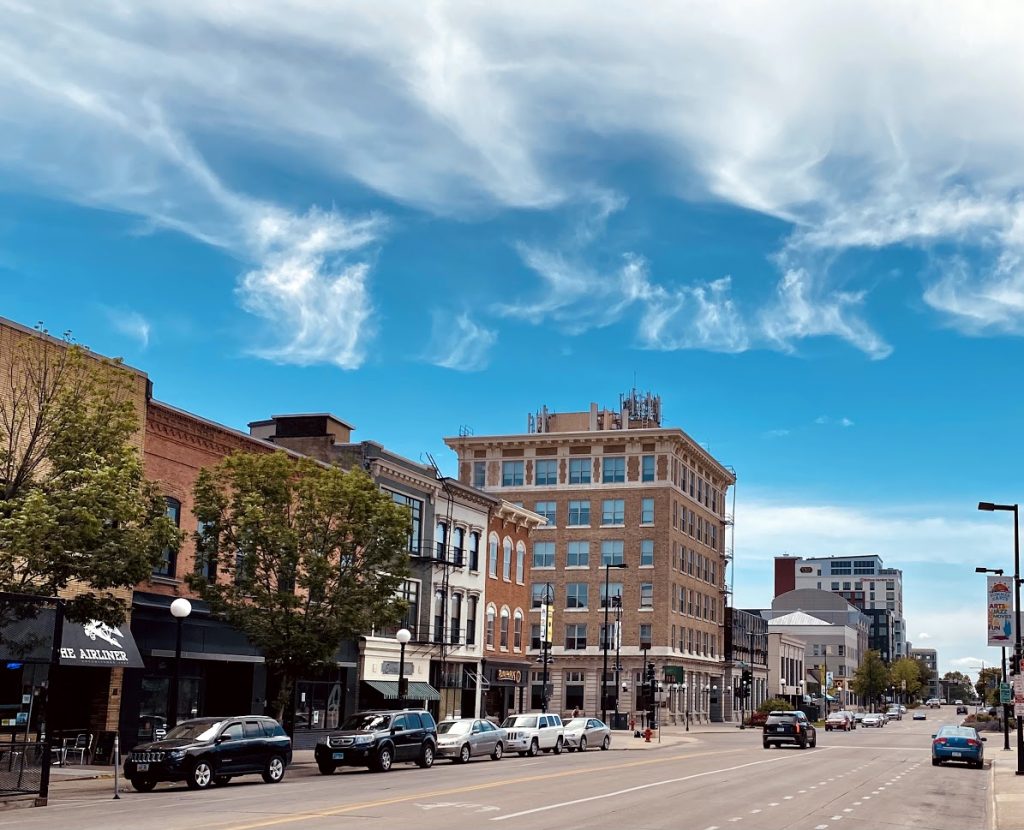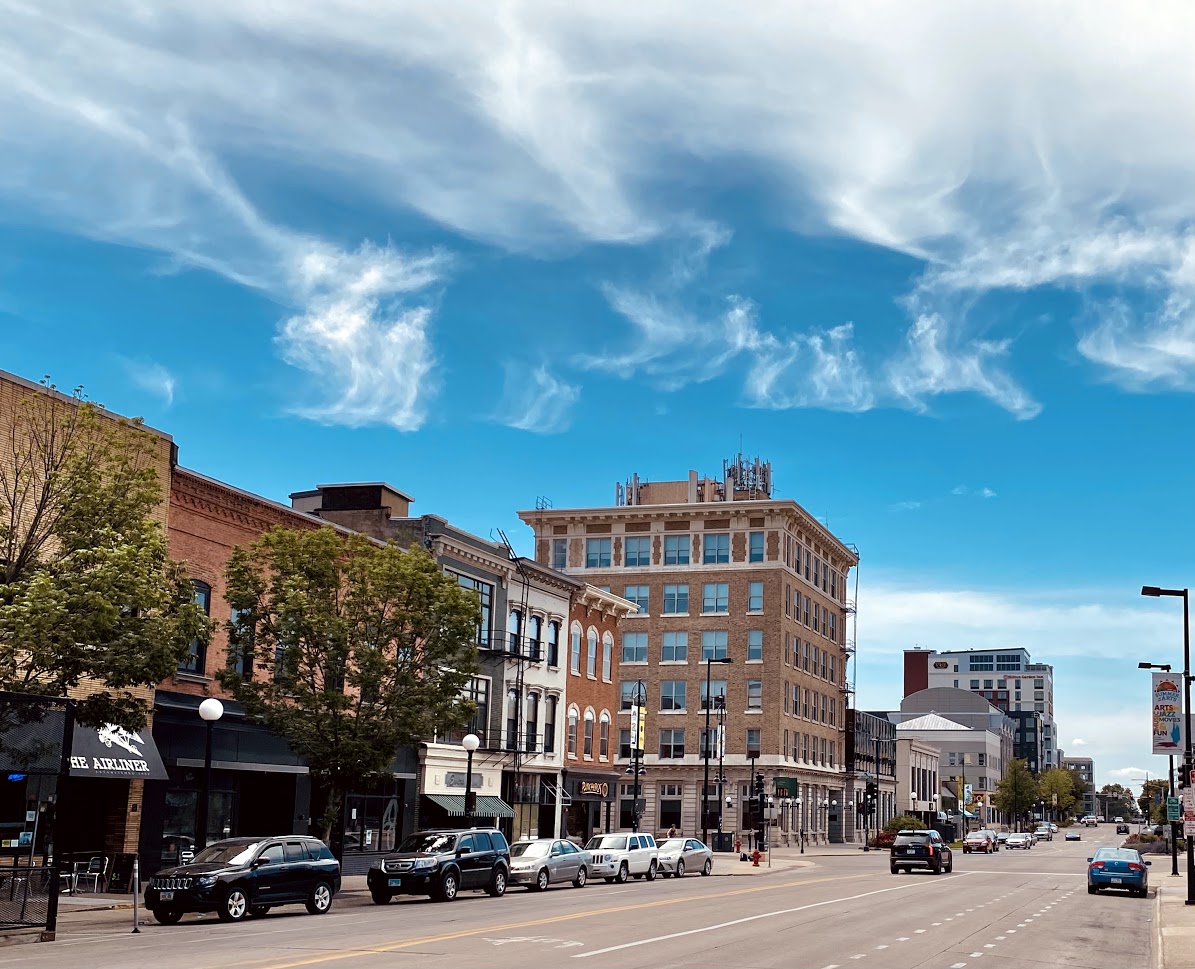Iowa, USA – Recent data analysis has revealed a concerning reality for residents across Iowa, as several cities grapple with alarming rates of violent and property crimes. A comprehensive review of crime statistics conducted by the FBI has unveiled the most dangerous locales in the state, shedding light on a pressing issue that demands attention.

Council Bluffs, with its population of 62,144, has emerged as the most perilous city in Iowa. Despite its historical significance and cultural richness, Council Bluffs faces significant challenges with the second-highest rate of violent crime and the highest rate of property crime in the state.
Trailing closely behind is Ottumwa, a city of 24,293, which has earned the unfortunate distinction of having the highest rate of violent crimes in Iowa. With 946 incidents per 100,000 people, Ottumwa’s residents face significant safety concerns, further compounded by a substantial property crime rate, ranking third in the state.
Davenport, a city known for its picturesque location along the Mississippi River, grapples with a stark reality of high crime rates. With 736 violent crimes per 100,000 people and 3,925 property crimes per 100,000 people, Davenport’s challenges underscore the complexity of addressing crime in urban areas.
Fort Dodge, renowned for its gypsum mining history, has experienced a surge in crime, earning it a spot among Iowa’s most dangerous cities. With 757 violent crimes per 100,000 people and 3,481 property crimes per 100,000 people, Fort Dodge faces significant public safety concerns, including the highest murder rate in the state.
Des Moines, the state capital and Iowa’s largest city, is not immune to the pervasive crime epidemic. With 704 violent crimes per 100,000 people and 3,901 property crimes per 100,000 people, Des Moines residents navigate a landscape fraught with challenges, highlighting the need for comprehensive strategies to address crime and enhance community safety.
While these cities bear the brunt of Iowa’s crime epidemic, it is essential to recognize that the state’s challenges extend beyond its urban centers. From Waterloo to Sioux City, Burlington to Keokuk, communities across Iowa are grappling with the multifaceted impacts of crime, underscoring the need for collaborative efforts to promote safety and well-being.
As policymakers, law enforcement agencies, and community leaders grapple with the complex realities of crime in Iowa, it is imperative to prioritize proactive measures aimed at addressing root causes, enhancing community policing efforts, and fostering partnerships to promote safety and resilience.
The findings of this analysis serve as a sobering reminder of the urgent need for concerted action to ensure that all residents across Iowa can live, work, and thrive in safe and secure environments.
